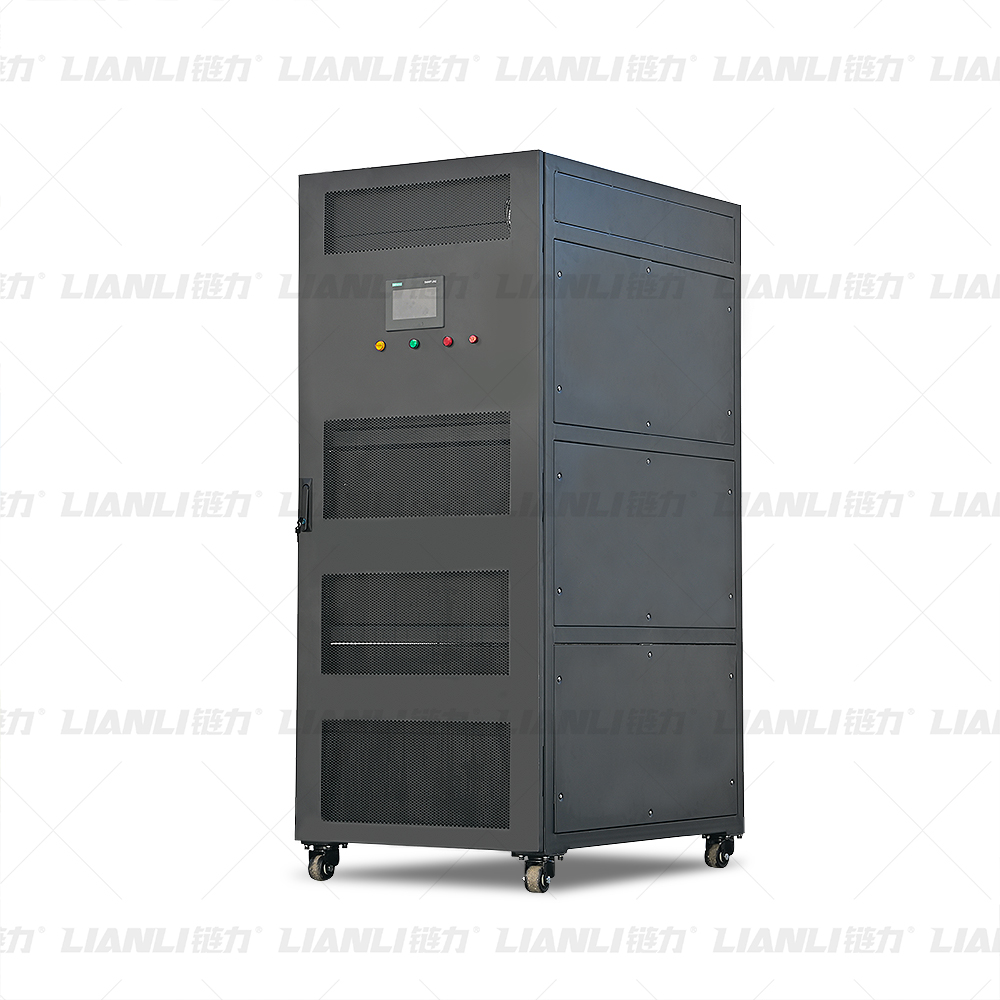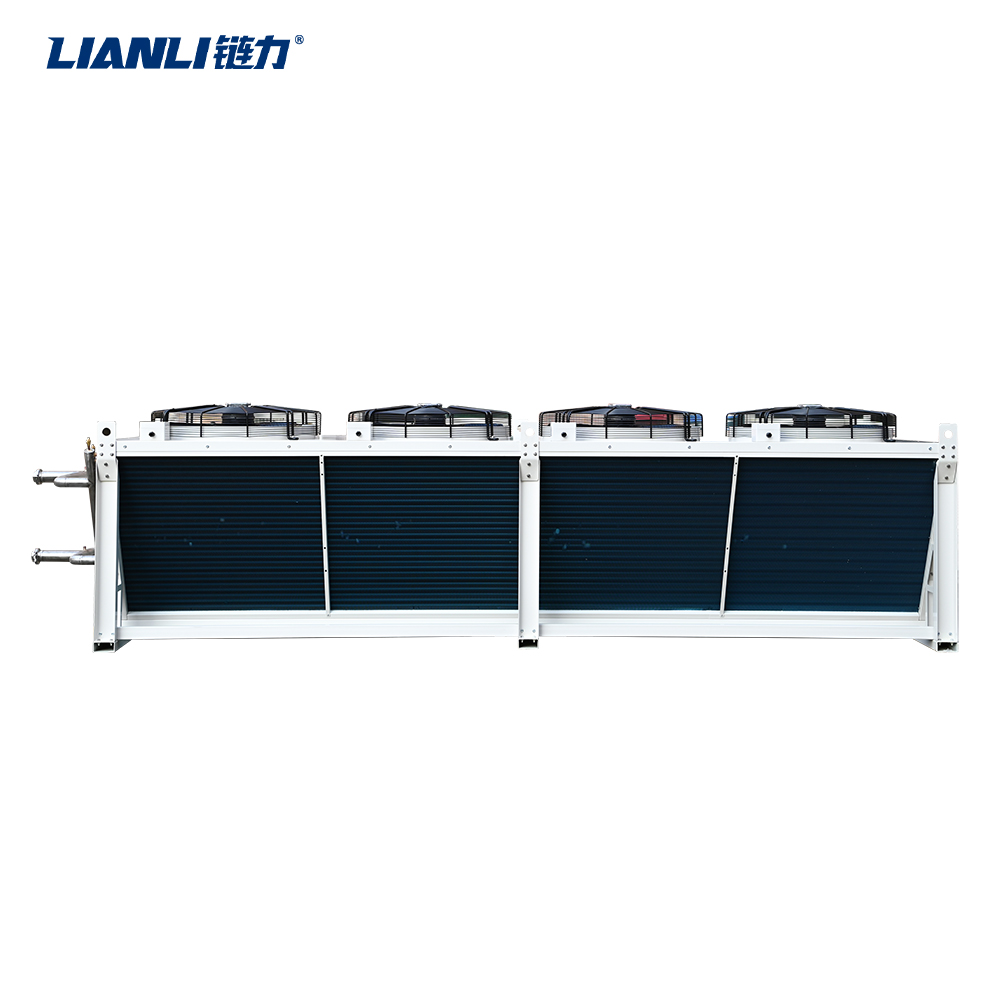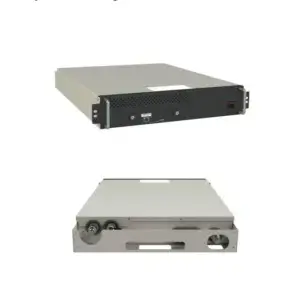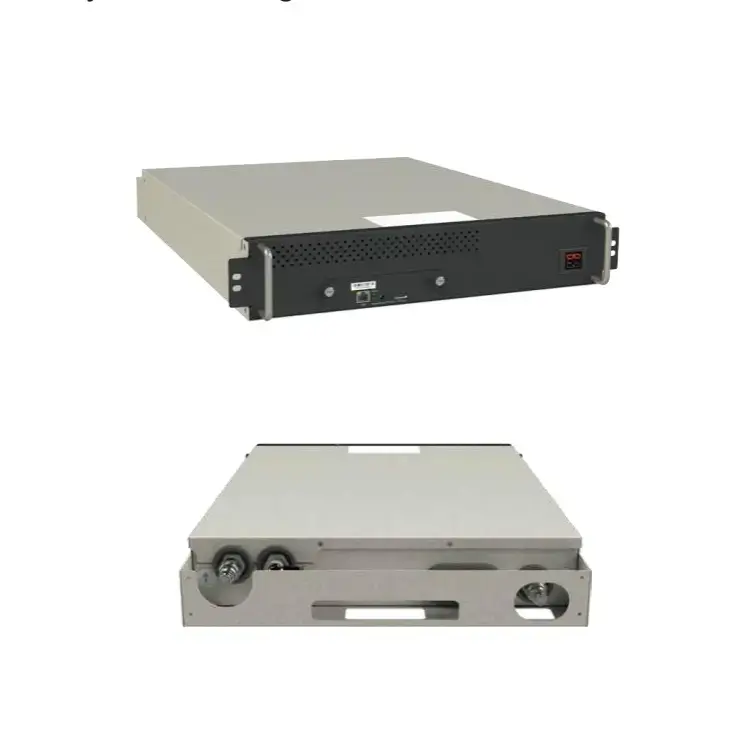The Ultimate Guide to Liquid Cooling .for Cryptocurrency Miners
Cryptocurrency mining has evolved significantly since the early days of Bitcoin. What started as a hobbyist activity that could be done on a standard desktop computer has now become a highly competitive industry requiring specialized hardware and advanced cooling solutions. Among the most effective cooling technologies available today is
liquid cooling, which is increasingly being adopted by serious cryptocurrency miners.
In this comprehensive guide, we’ll explore everything you need to know about
liquid cooling for cryptocurrency miners, including how it works, its benefits, different types of liquid cooling systems, and how to implement it in your mining setup.
Why Cooling Matters in Cryptocurrency Mining
Cryptocurrency mining involves solving complex mathematical problems using powerful hardware such as GPUs (Graphics Processing Units) and ASICs (Application-Specific Integrated Circuits). These devices generate a tremendous amount of heat during operation.
Excessive heat can lead to:
- Reduced mining efficiency
- Hardware throttling
- Shortened lifespan of components
- Increased energy consumption
Traditional air cooling methods, while common, often struggle to keep up with the heat output of high-performance mining rigs. This is where
liquid cooling for cryptocurrency miners becomes essential.
What Is Liquid Cooling?
Liquid cooling is a method of heat dissipation that uses a liquid coolant—typically water or a specialized fluid—to transfer heat away from electronic components. Unlike air cooling, which relies on fans and heatsinks, liquid cooling systems can more efficiently remove heat, especially from densely packed or high-performance hardware.
The basic components of a liquid cooling system include:
- Water block: A component that sits directly on the heat source (e.g., GPU or CPU) and absorbs heat.
- Pump: Circulates the coolant through the system.
- Radiator: Dissipates the heat into the air using fans.
- Reservoir: Holds the coolant and allows for easy refilling and bleeding of air.
- Tubing: Connects all components and allows the coolant to flow.
Benefits of Liquid Cooling for Cryptocurrency Miners
1. Superior Thermal Performance
Liquid cooling is far more effective at transferring heat than air cooling. This means your mining hardware can operate at optimal temperatures, leading to better performance and longevity.
2. Reduced Noise Levels
Air-cooled mining rigs often require multiple high-speed fans, which can create significant noise. Liquid cooling systems are generally much quieter, making them ideal for residential or office environments.
3. Space Efficiency
Mining farms often house dozens or even hundreds of machines. Liquid cooling allows for more compact builds, as you can reduce the number of fans and heatsinks needed.
4. Aesthetic Appeal
Many liquid cooling setups feature custom loops with colored coolant and LED lighting, which can enhance the visual appeal of your mining rig.
5. Scalability
Liquid cooling systems can be scaled to cool multiple mining rigs simultaneously, making them a great option for large-scale operations.
Types of Liquid Cooling Systems for Cryptocurrency Miners
There are two primary types of liquid cooling systems used in cryptocurrency mining:
1. Closed-Loop (All-In-One) Coolers
These are pre-assembled units that are easy to install and maintain. They are ideal for miners who want the benefits of liquid cooling without the complexity of building a custom loop.
2. Custom Loops
Custom loops offer greater flexibility and performance but require more technical expertise to design and maintain. They are typically used by advanced miners or large-scale operations.
How to Implement Liquid Cooling in Your Mining Rig
Implementing liquid cooling in your mining setup involves several key steps:
Step 1: Assess Your Needs
Determine the number of mining rigs you want to cool and the type of hardware you’re using. This will help you choose the right cooling solution.
Step 2: Choose Components
Select high-quality components such as water blocks, pumps, radiators, and tubing. Ensure compatibility with your mining hardware.
Step 3: Build or Install the Cooling Loop
If you’re using a closed-loop system, installation is straightforward. For custom loops, you’ll need to carefully plan the layout and install each component.
Step 4: Test for Leaks
Before powering on your system, thoroughly test for leaks to avoid damaging your hardware.



Step 5: Monitor and Maintain
Regularly check coolant levels, pump performance, and radiator efficiency to ensure your system continues to operate at peak performance.
Conclusion
As cryptocurrency mining becomes more competitive, optimizing your mining hardware’s performance and longevity is more important than ever.
Liquid cooling for cryptocurrency miners offers a powerful solution to manage heat effectively, improve efficiency, and reduce operational noise.
Whether you’re running a single mining rig or managing a large-scale mining farm, investing in a reliable liquid cooling system can significantly enhance your mining operation. With the right setup and maintenance, liquid cooling can provide long-term benefits that far outweigh the initial investment.
By adopting this advanced cooling technology, cryptocurrency miners can stay ahead of the curve and maximize their returns in an increasingly demanding industry.







